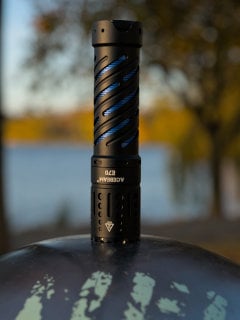You’re saying ABS is printing easier for you than ASA? That’s interesting. From my limited understanding, ASA has the reputation of being easier to print.
What brands/blends? I’ve been printing basically only ASA and PETG for a little while now. Haven’t tried ABS.







Huh, any particular ABS brand(s)? I am tempted to grab a roll. I’ve been running polymaker’s ASA and other than warpage on big parts with my lower chamber temps (yay big printer with lots of enclosure surface area) it prints fairly well.
I run the filter inside an enclosed printer with an exhaust fan.